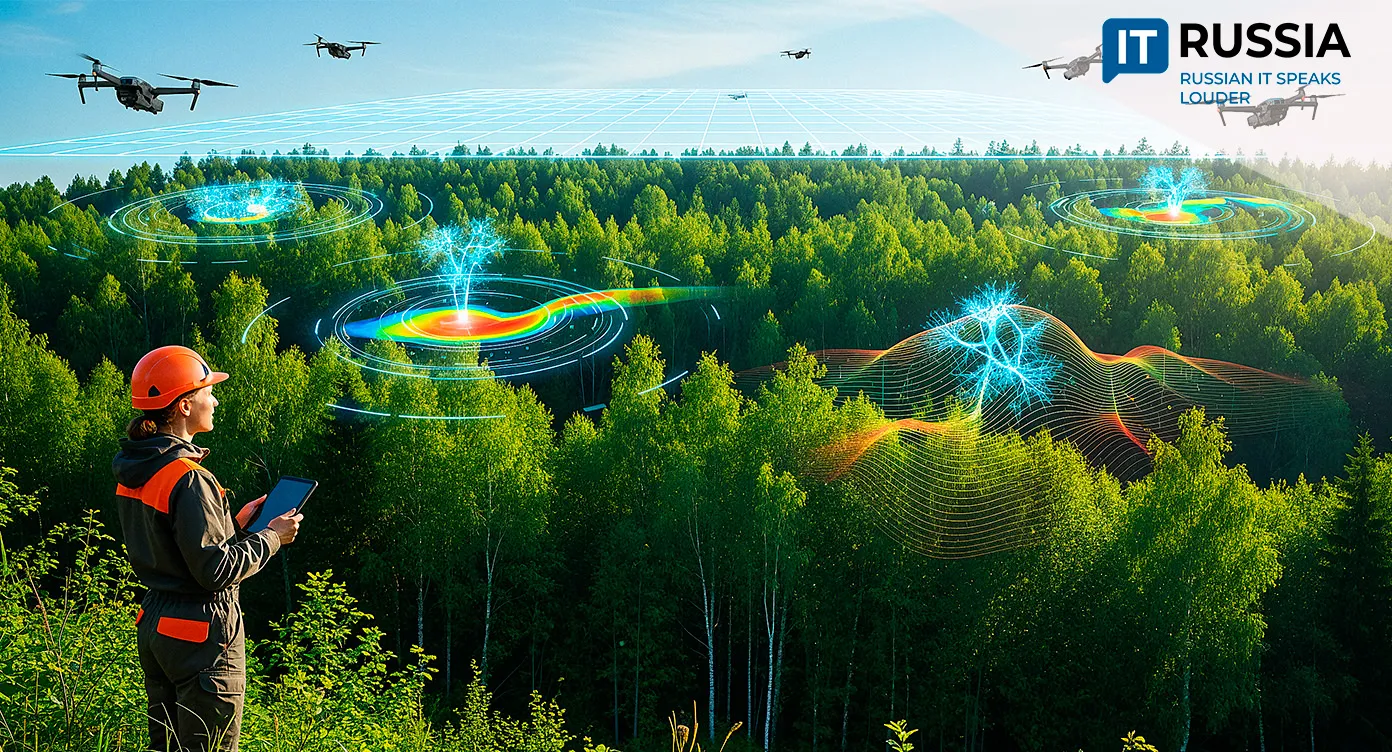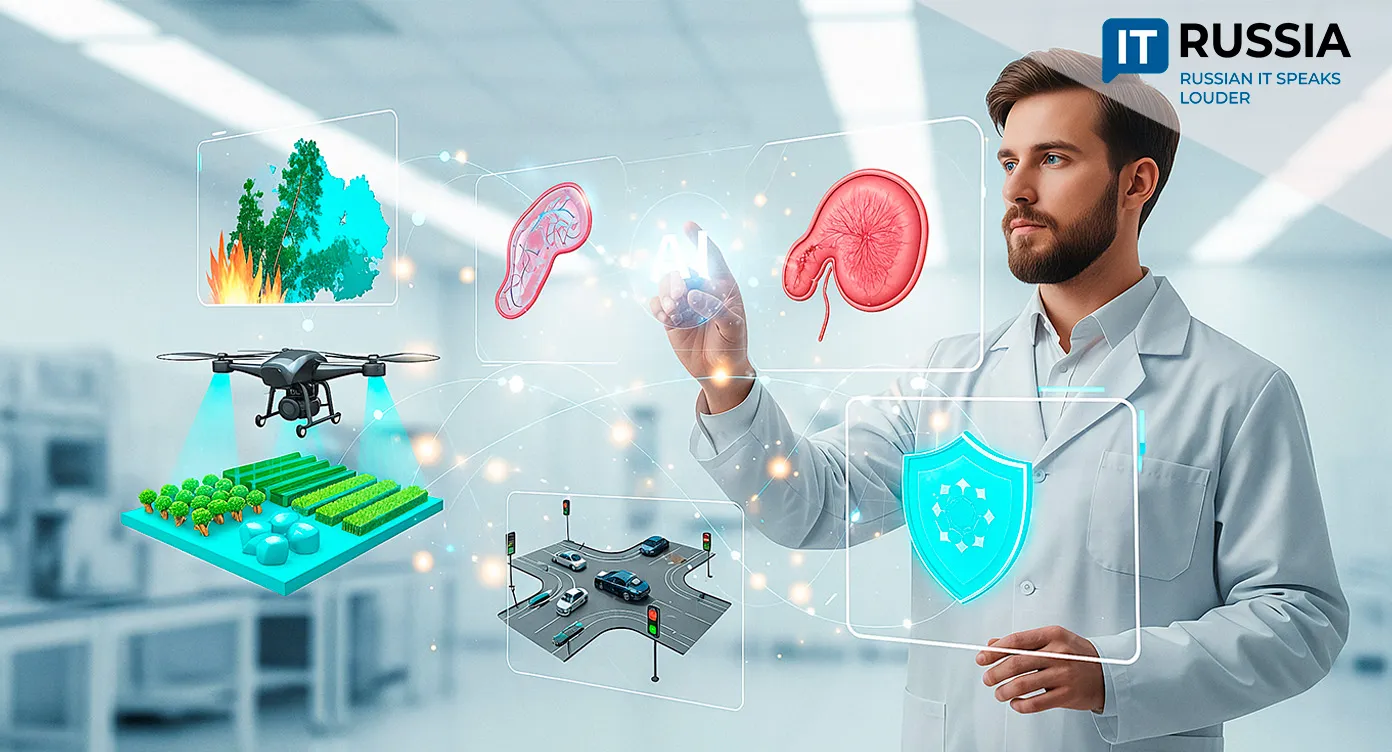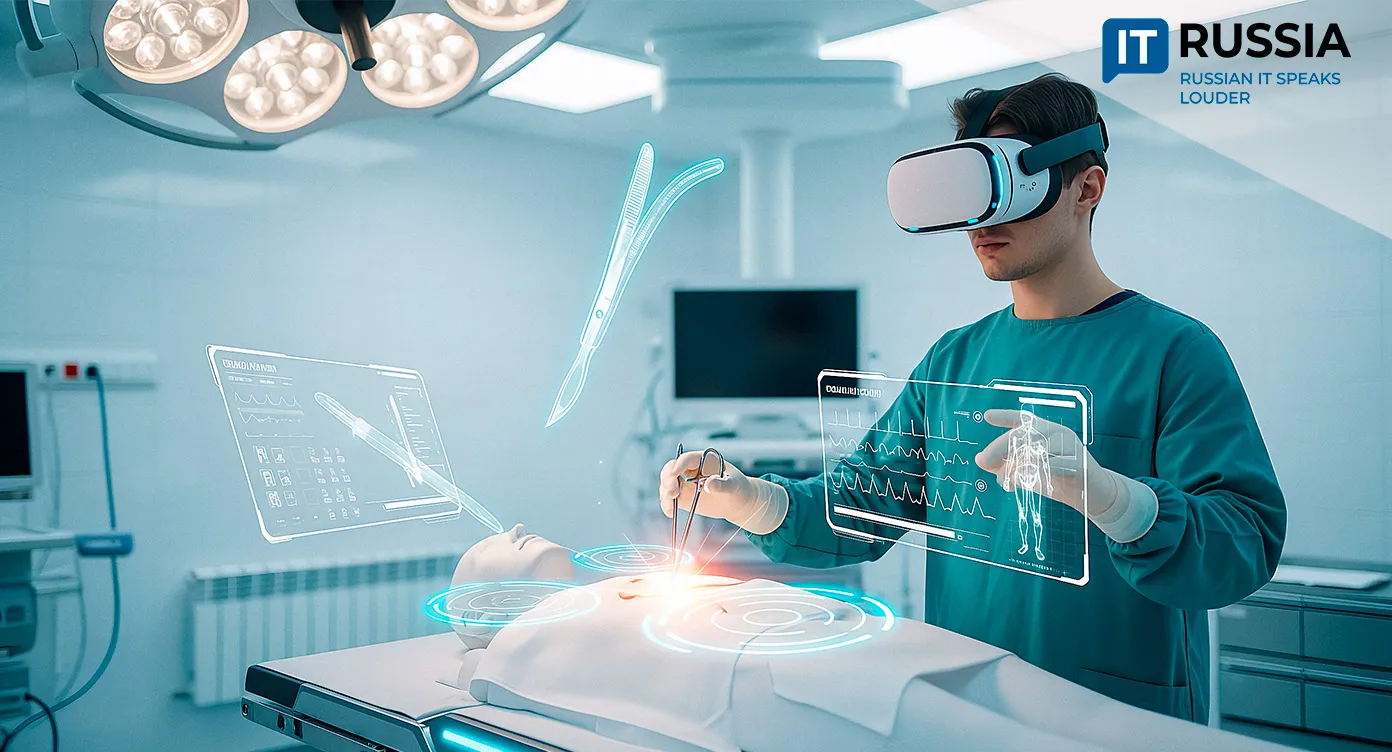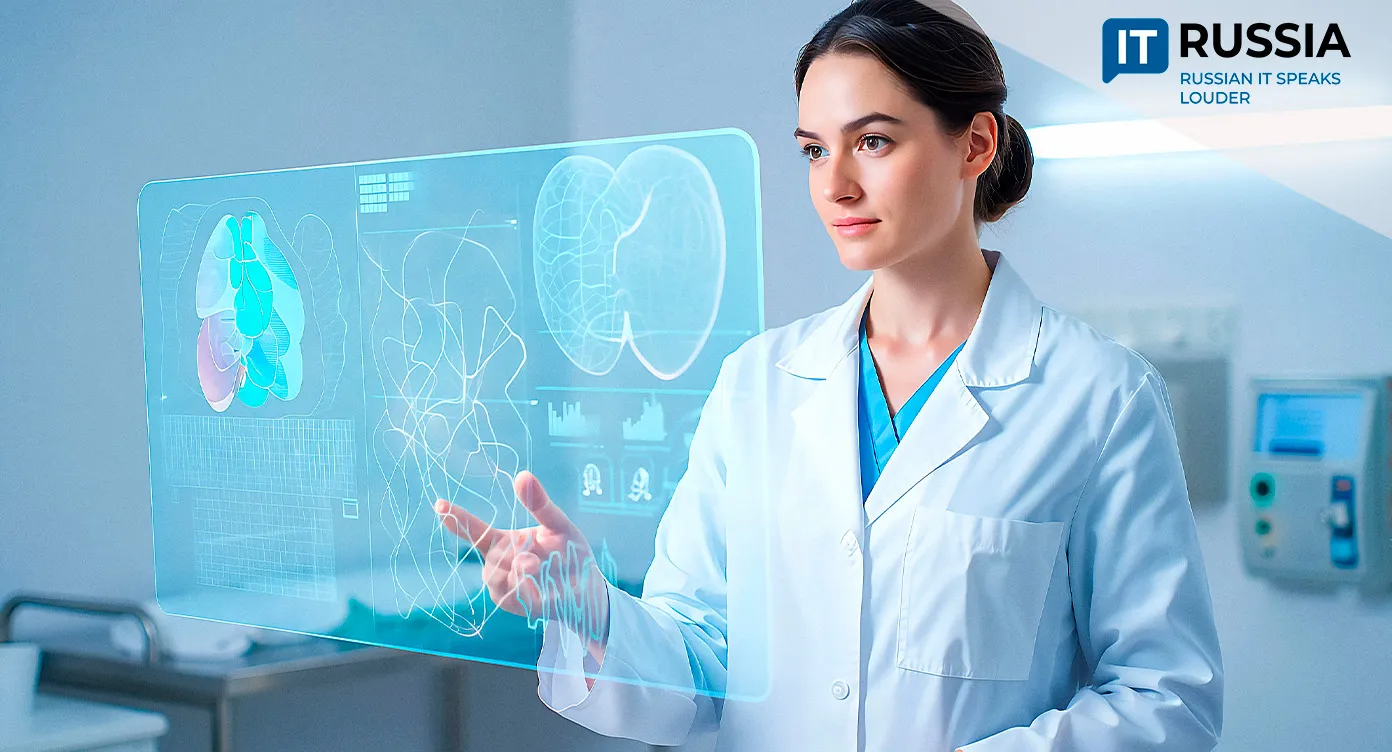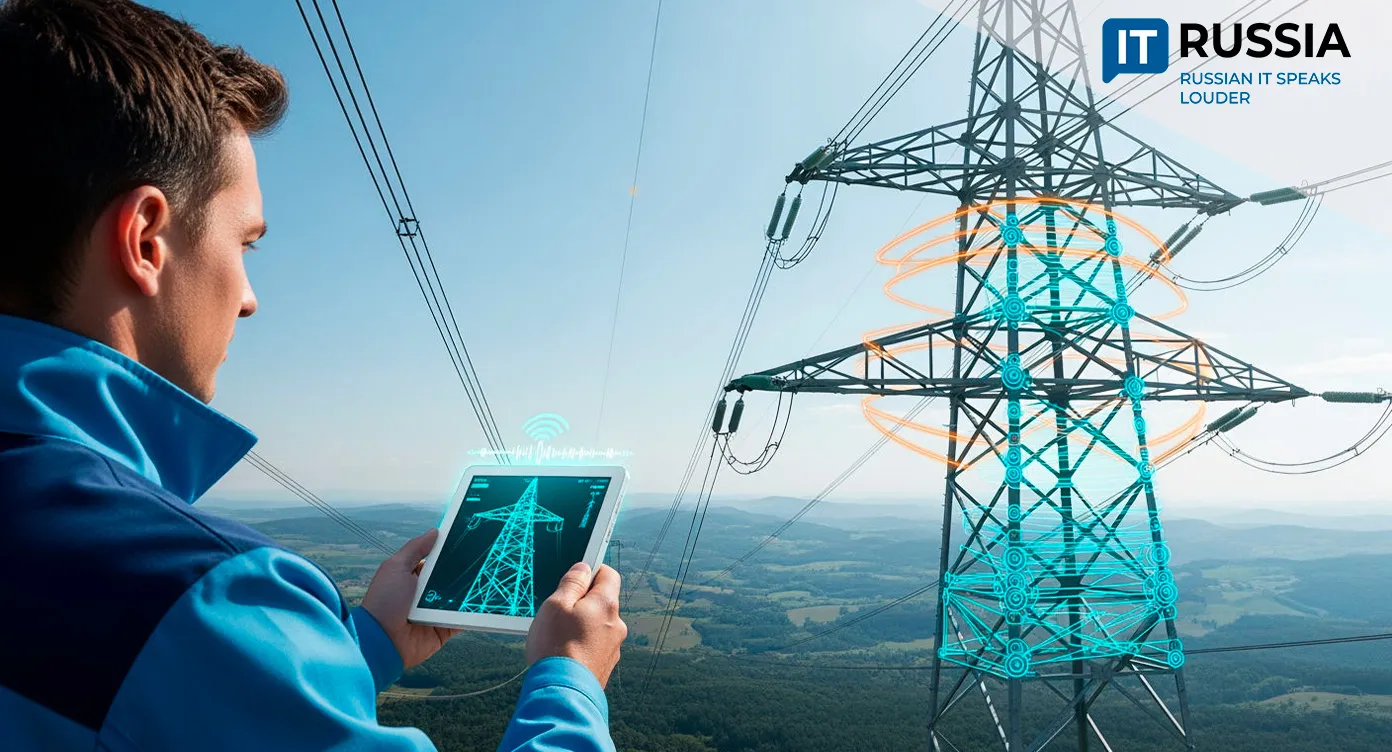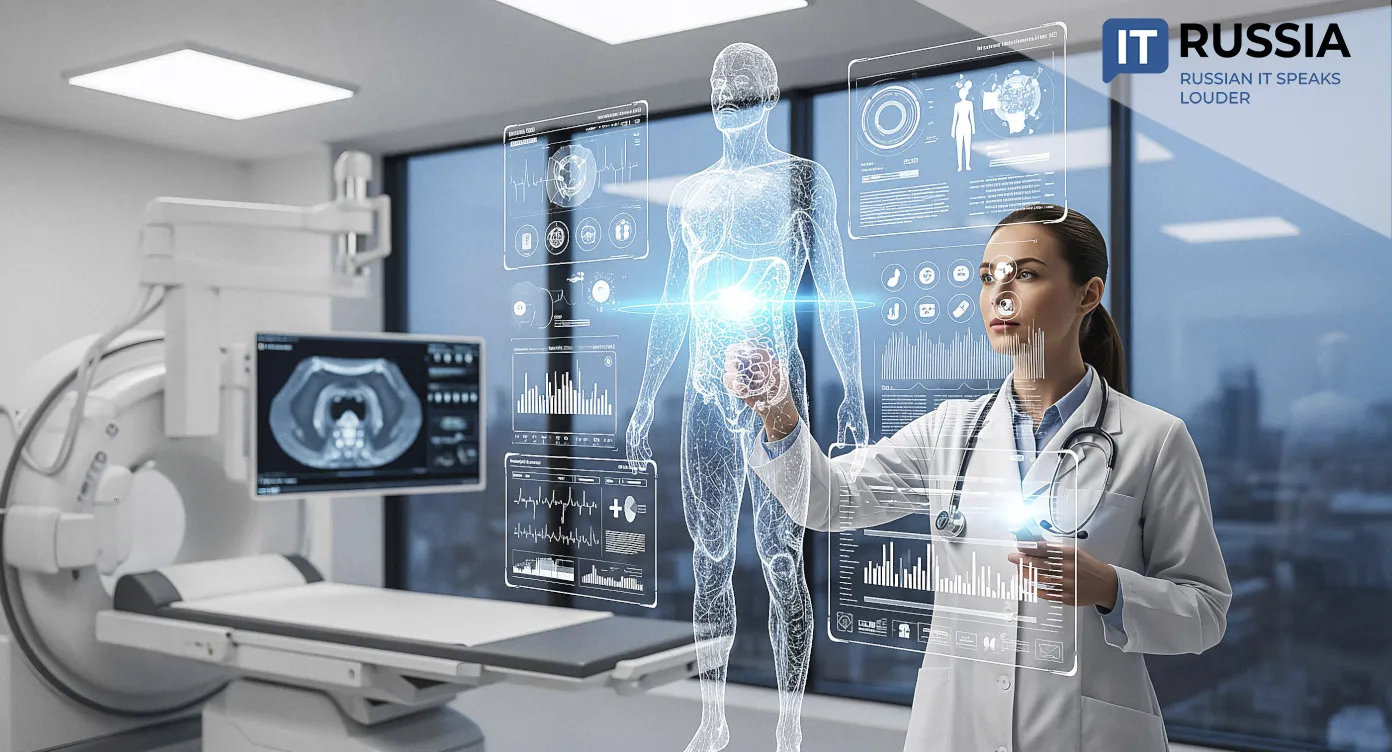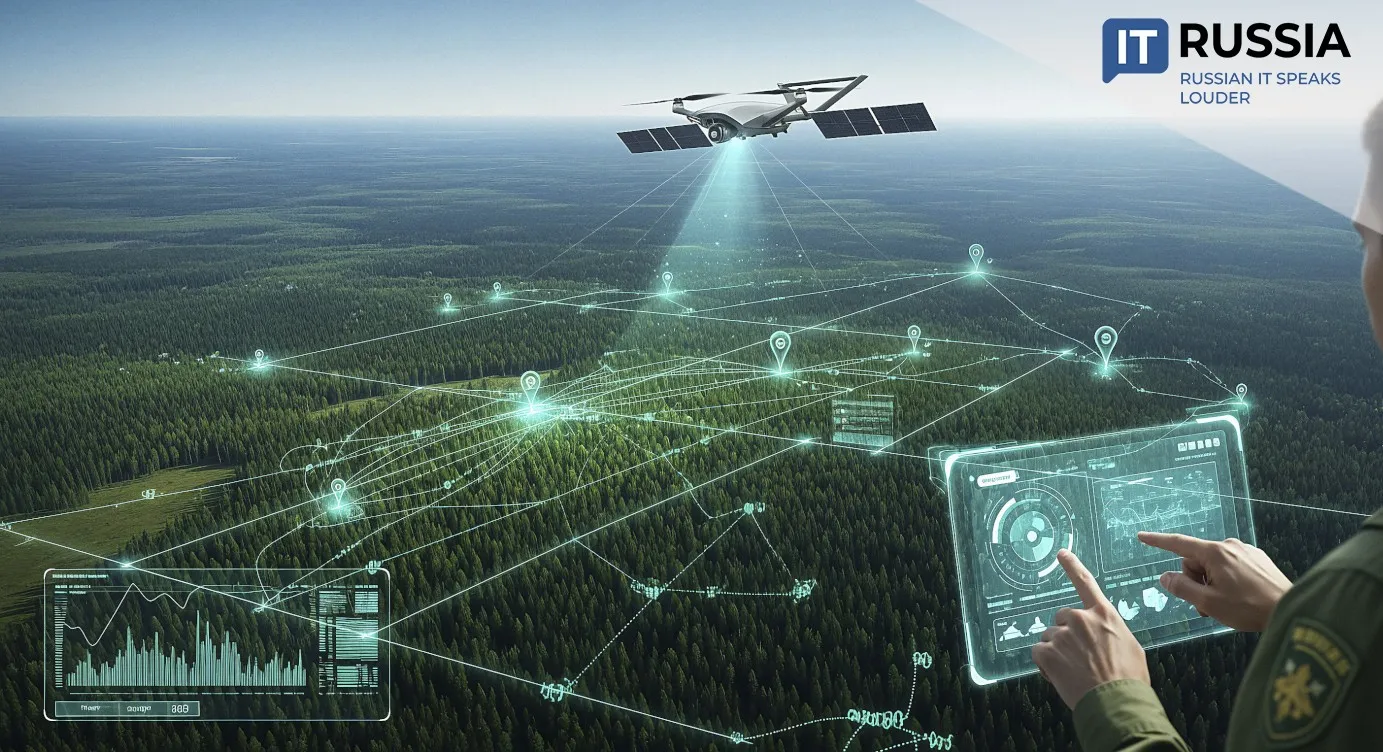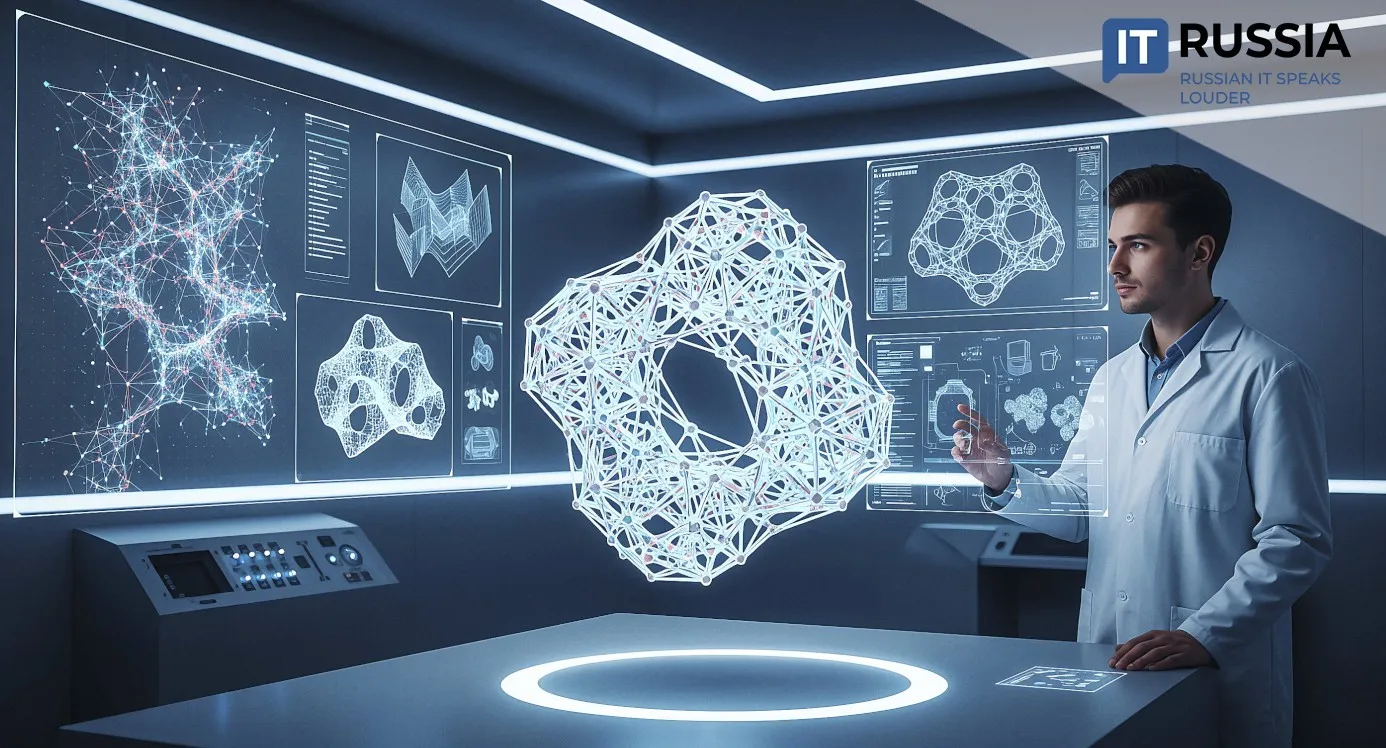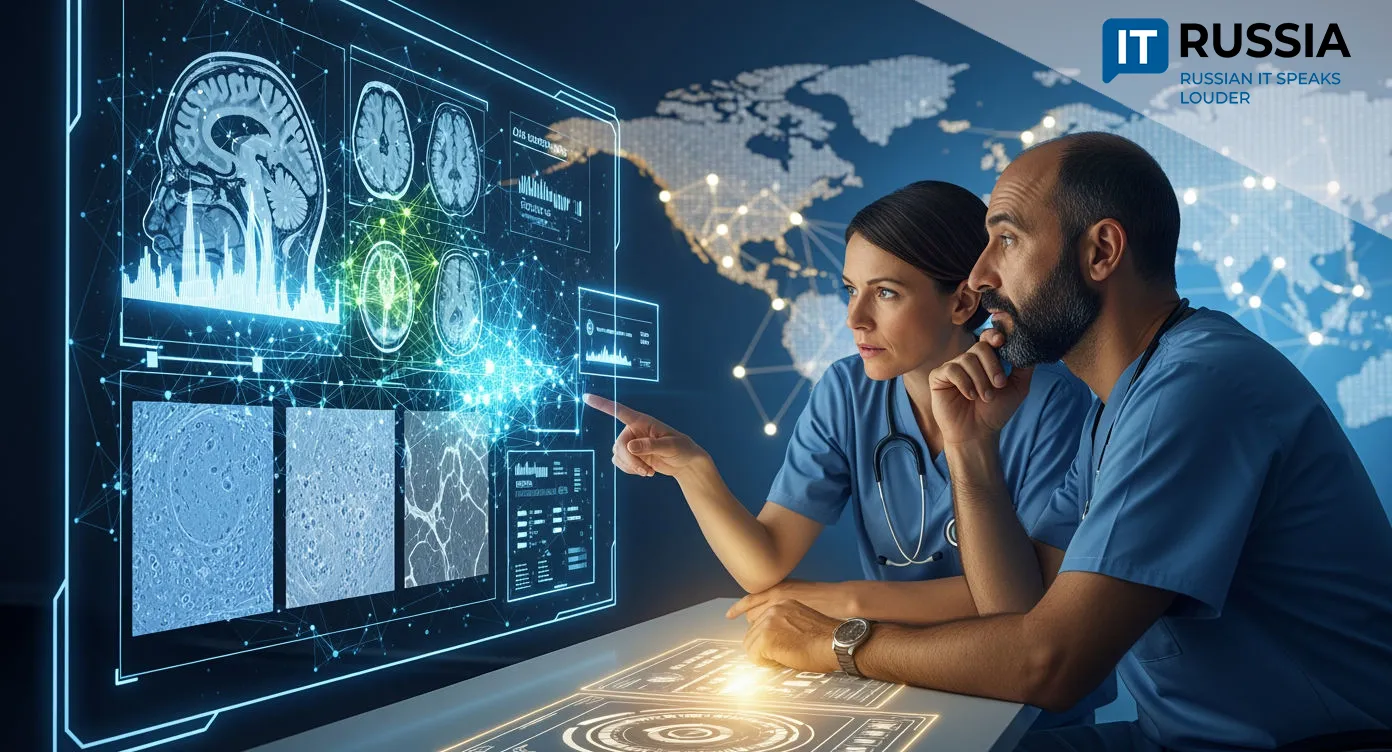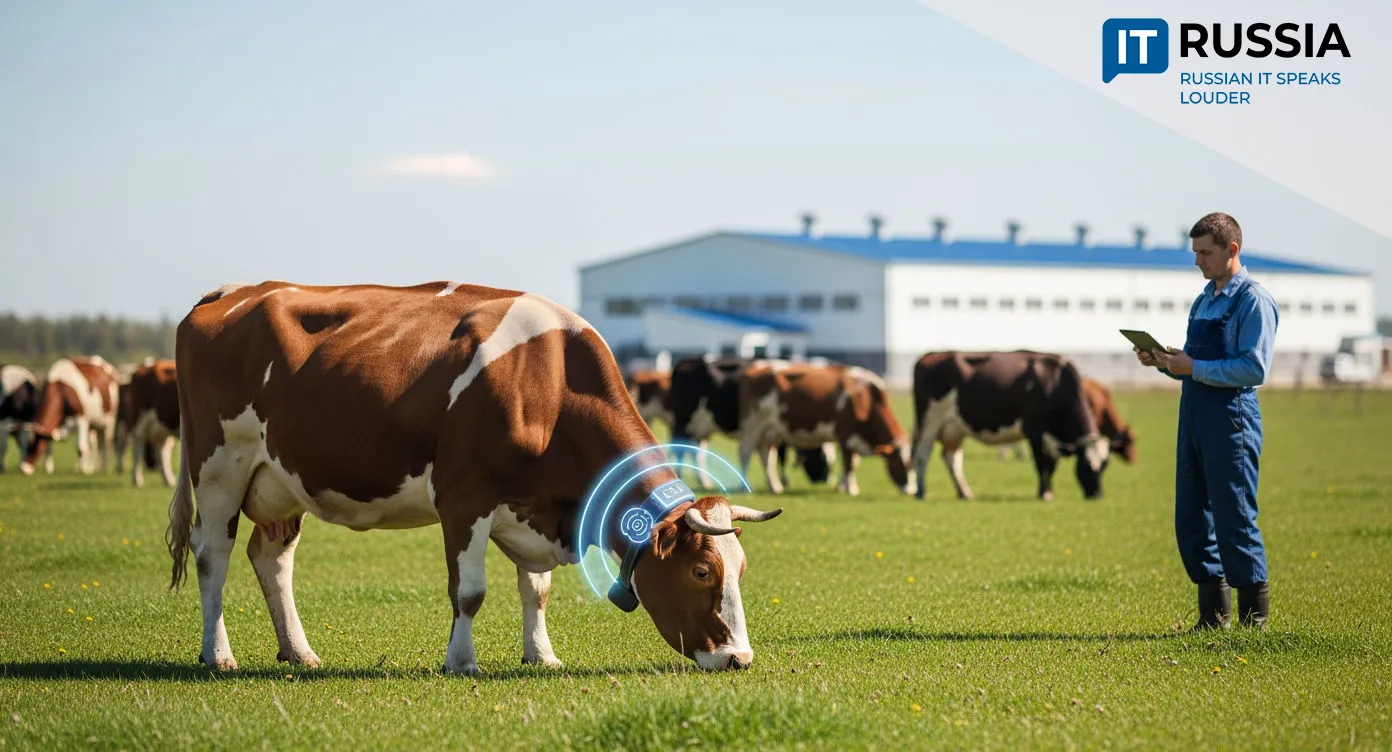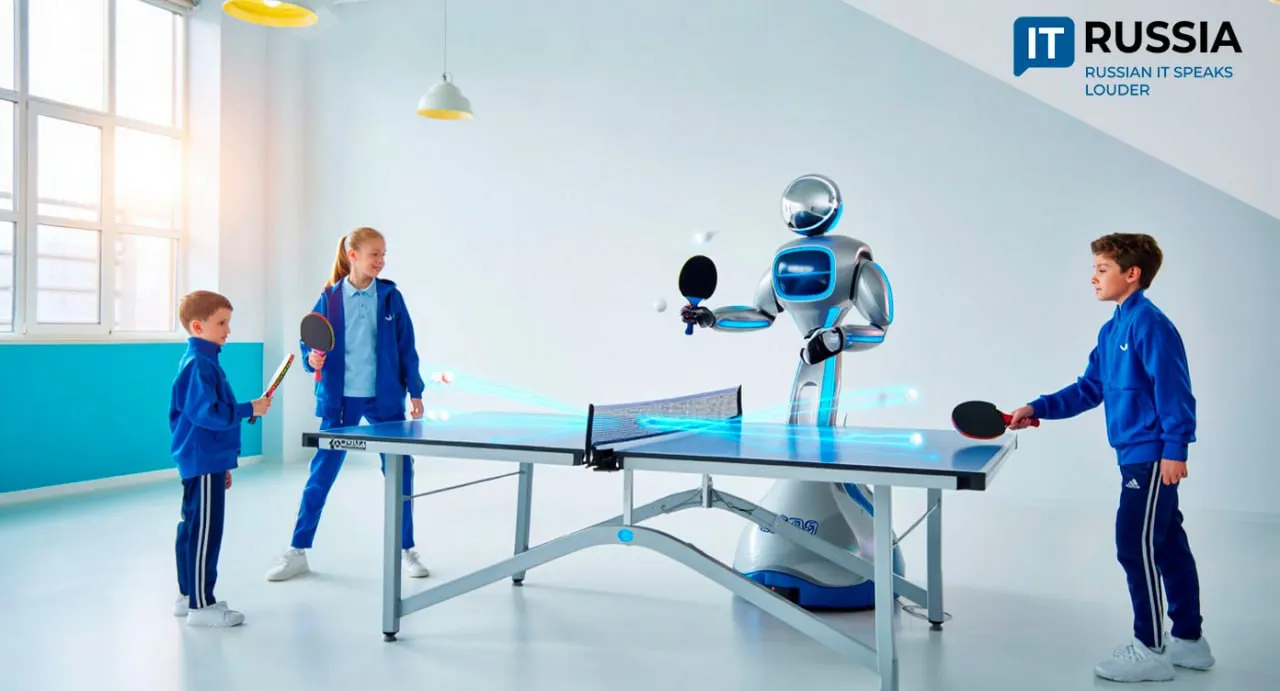Digital Twins: Russia’s Path to Technological Sovereignty

Russia’s industrial sector is turning to digital twins to improve efficiency, reduce foreign software dependence, and build a foundation for high-tech sovereignty.
Modeling the Future in Real Time
Digital twins are virtual models of physical systems or processes that simulate performance, predict behavior, and optimize real-time operations. At the core of these systems are technologies like computer-aided engineering (CAE), which integrate CAD, PDM, PLM, and SCADA systems to deliver adaptive and intelligent simulations.
In industries such as energy, metallurgy, and manufacturing—where downtime can be extremely costly—digital twins enable predictive maintenance, lifecycle management, and operational efficiency. These benefits position the technology as a game changer for industrial resilience and cost savings.

Russian Innovation Steps In
With restrictions limiting access to Western software, Russian developers are filling the gap. Companies like Datana, Softline, and CyberPhysics are building robust platforms that serve as competitive alternatives tailored to domestic industry needs and scalable globally.
Datana’s Shopfloor Digital Factory supports real-time digital twin integration. Softline’s AiLine no-code AI platform helps predict output quality and identify bottlenecks. CyberPhysics focuses on neural-network-based optimization of asset performance in metallurgy, mining, and automotive manufacturing.
Real-World Applications and Case Studies
Major industrial players are adopting digital twins across the board. Rosatom, Russian Helicopters, and UEC-Saturn are building digital replicas to simulate and refine product development cycles. Uralvagonzavod’s partnership with local developers led to a 25% reduction in production prep time and improved model accuracy for its railway cars.

The MC-21 aircraft project uses digital twins to streamline testing and assembly. TMK’s digital twin of its rolling mill simulates process scenarios to improve precision. Lukoil’s smart field model enables real-time optimization of extraction strategies at the Vatyegan site.
Strategic Standards and Long-Term Vision
Russia became the first country to formalize a national standard for product digital twins in 2021. The standard defines 11 foundational terms, creating a common language for deployment across sectors.
By 2030, over 60% of large industrial enterprises in Russia are expected to use digital twins in production workflows. Integrated with IoT, AI, and blockchain, these systems are laying the groundwork for autonomous, self-regulating industrial ecosystems.
Backed by government policy and private-sector innovation, digital twins are rapidly becoming essential to Russia’s industrial transformation. As successful implementations multiply, the country moves closer to true technological sovereignty.




